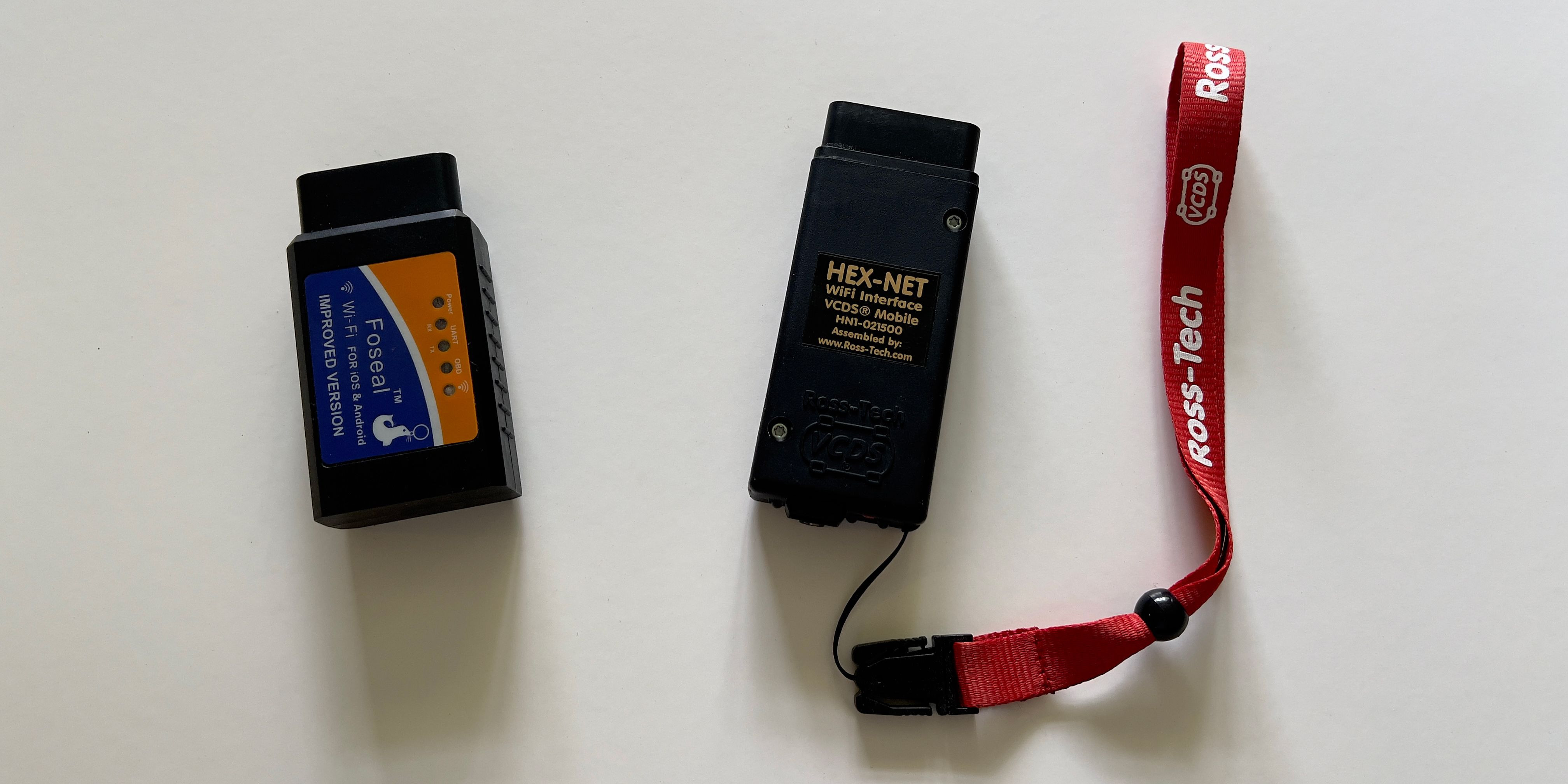What is Cruise Control? Understanding a Key Driving Assistance Feature

Cruise control is a valuable feature in modern vehicles, designed to enhance driving comfort and efficiency, particularly on long journeys. Essentially, cruise control is an electronic system that allows drivers to maintain a constant speed without keeping their foot on the accelerator pedal. Once activated and a desired speed is set, the car automatically regulates engine power to stay at that speed, even when encountering slight inclines or declines. This system is a significant aid in reducing driver fatigue and can contribute to better fuel economy.
One of the primary benefits of using cruise control is the reduction of strain and fatigue, especially during extended periods of driving. By taking away the need to constantly manage the accelerator, cruise control allows drivers to relax their foot and leg, leading to a more comfortable driving experience. Beyond comfort, cruise control can also contribute to improved fuel efficiency. Maintaining a consistent speed, as facilitated by cruise control, helps to avoid unnecessary acceleration and deceleration. Sudden acceleration consumes a significant amount of fuel. By maintaining a steady pace, cruise control helps the engine operate more efficiently, leading to less fuel consumption compared to inconsistent human throttle input.
 Dashboard view of cruise control buttons and speedometer
Dashboard view of cruise control buttons and speedometer
Modern cruise control systems have evolved, with adaptive cruise control becoming increasingly common. Adaptive Cruise Control (ACC) builds upon the foundation of traditional cruise control by adding intelligent features to enhance safety and convenience. Like standard cruise control, ACC allows the driver to set a desired cruising speed. However, ACC utilizes forward-facing sensors, such as radar or lidar, to monitor the traffic ahead. If the vehicle in front slows down or comes closer, ACC automatically adjusts the car’s speed to maintain a safe following distance. This is achieved by reducing engine power or even applying the brakes if necessary. Once the lane ahead clears, the system will accelerate back to the set cruising speed. Adaptive cruise control is often seen as a stepping stone towards fully autonomous driving, offering a taste of automated vehicle control while still requiring the driver to remain engaged and in control of the steering. While not a substitute for attentive driving, cruise control, and especially adaptive cruise control, represents a significant advancement in driving assistance technology, making journeys more relaxed, efficient, and safer.



